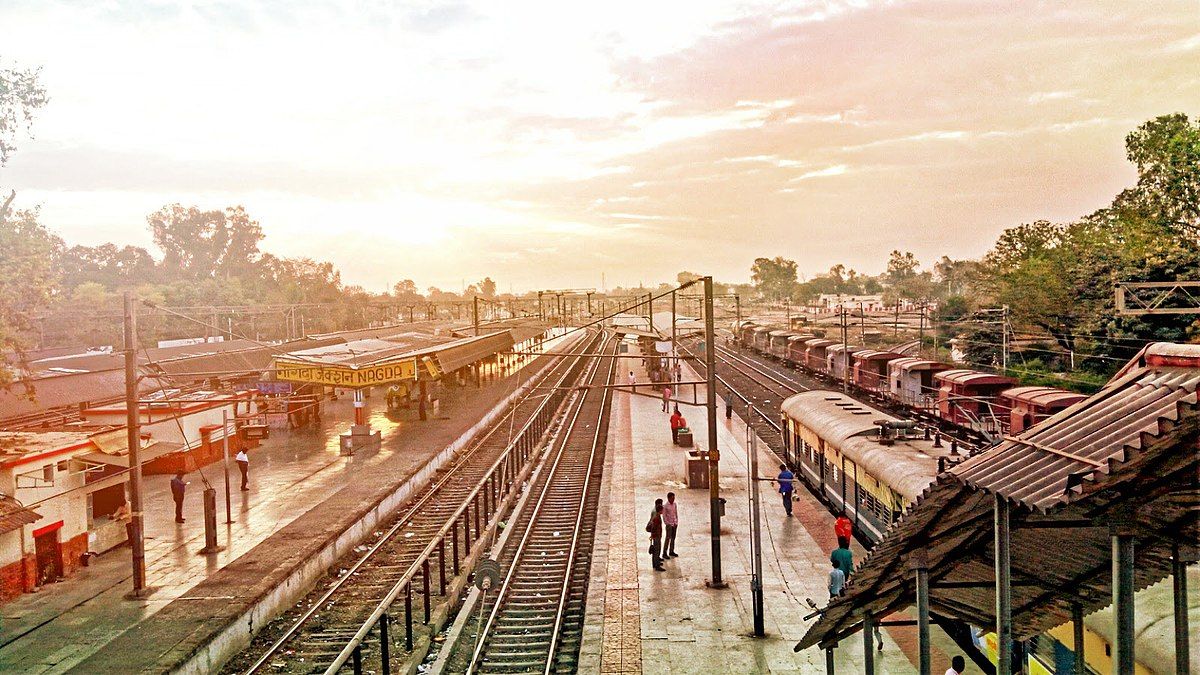The rail system in India has a long history and we are familiar with the railway stations. The entire railway line is divided into Central, Western, Northern and Southern railway lines. However, do you know there are different types of railway stations in India? And there is a difference between a ‘junction’, a ‘central’ and a ‘terminal’ station—here’s all about it!
Difference Between Terminal, Junction & Central Railway Stations
1. Terminal Railway Stations
Where a train starts or stops on its route, it is referred to as a station, terminal, or terminus. The Oxford Learner’s Dictionary defines a terminal as a location, structure, or group of structures where train, bus, or boat trips start or end. The train can only enter or exit this station in one direction; it cannot travel any further from this station. A terminal station also designates the point at which a track comes to a conclusion, where it stops at stop signs and does not continue.
In India, some of the well-known termini include Anand Vihar Terminal (ANVT), Chhatrapati Shivaji Terminus (CST), Lokmanya Tilak Terminus (LTT), Bandra Terminus (BDTS), and Rajendra Nagar Terminus (RJPB). The largest terminal stations in the nation are Lokmanya Tilak Terminal, Victoria Terminus, and Chhatrapati Shivaji Terminus.
Also Read: Matheran Railway Station To Soon Get Sleeping Pods Equipped With New Age Facilities! Details Here
2. Central Railway Station
Central stations are the city’s busiest and most significant stations. Throughout the day, a central station handles several train arrivals and departures. To accommodate the arrival and departure of several trains, central stations are typically very big and contain multiple stations. However, not every city has a central station, like Delhi and Kolkata. India has five central stations: Kanpur Central (CNB), Mumbai Central (BCT), Chennai Central (MAS), Mangalore Central (MAQ), and Trivandrum Central (TVC).
3. Junction Railway Station
A railway station located on, near, or at a junction where lines to multiple destinations split off is typically referred to as a junction station. Typically, three incoming lines are required. The bare minimum to be considered a junction station at a station with platforms running left to right usually has one line on the left and two on the right (or vice versa).
Contrary to a station with a single through line and double track on the other side, this has a single track on one side. In this scenario, the next station for all trains passing through the station is merely one. Although it is typical for junction stations to have numerous platform faces so that trains headed in different directions can stop at the station simultaneously, this is not required.
The Indian Railways’ Mathura Junction station has seven routes, the most of any station. Some of the examples are:
- Salem Junction, which serves six routes
- Vijayawada Junction, which serves five routes
- Bareilly Junction, which serves five routes
The Indian Railways is the fourth largest railway network in the world. In fact, the railways are one of the oldest transport services in the country. Apart from passenger trains, they also have goods trains, tourist trains and the new high-speed Vande Bharat.
Also Read: No More Cooking Inside Mumbai’s Railway Station Platforms; CR Imposes Ban
Comment below and tell us if you knew about this difference between these railway stations.
Cover Image Courtesy: Wikimedia
For more such snackable content, interesting discoveries and latest updates on food, travel and experiences in your city, download the Curly Tales App. Download HERE.
Good news! We are on WhatsApp! Subscribe to Curly Tales WhatsApp Channel to stay up-to-date with exclusive content and BTS. Join HERE.

